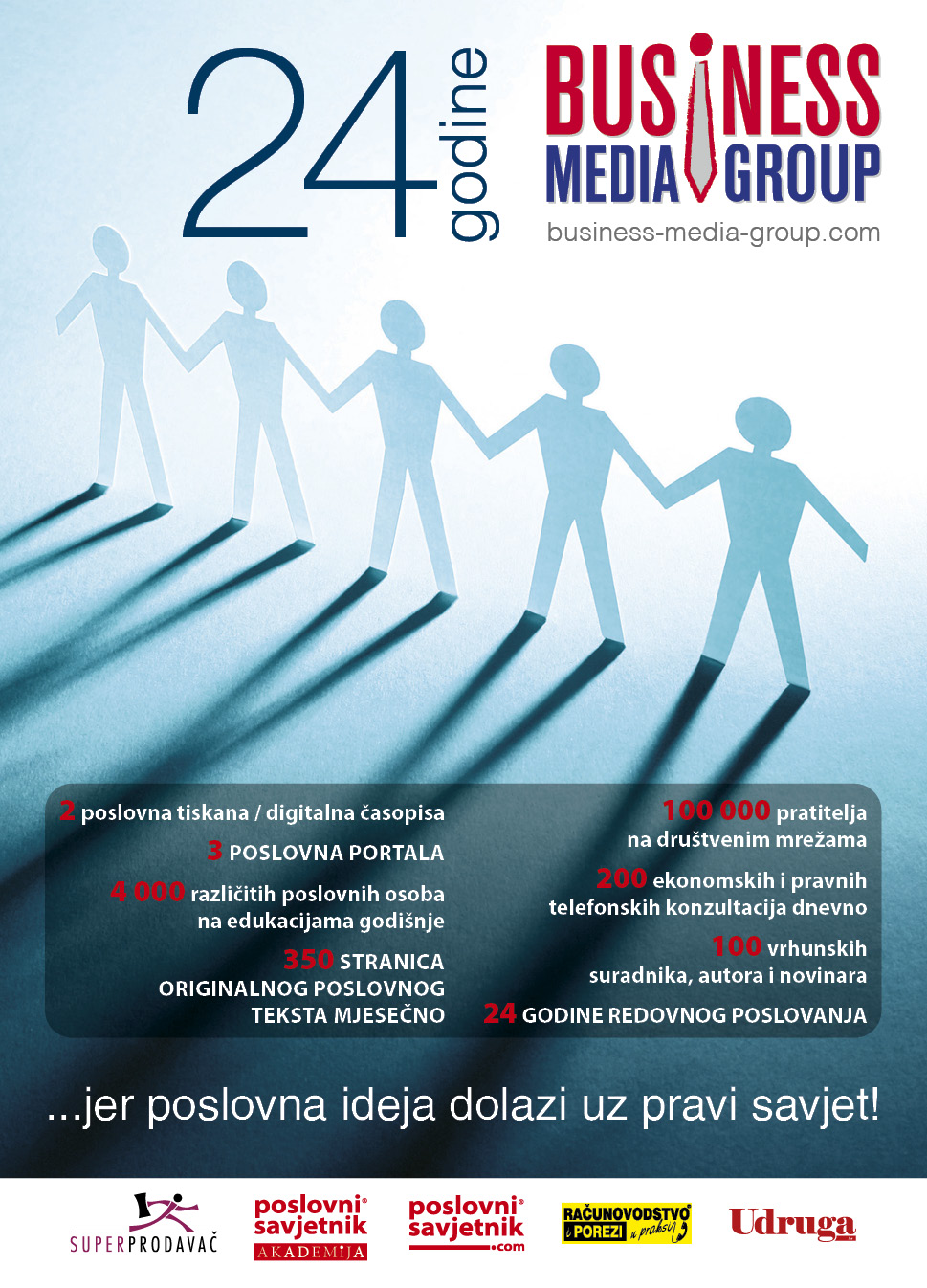
Most companies have been re-structuring and re-organizing their internal organization several times during the past few years and in fact seen less and less revenues of their latest re-structuring’s. Besides the lack of extra value for companies as a whole we also see employees are getting ‘tired’ of re-organizations. They have to meet new requirements and fulfill new tasks again, but they see no real improvements; that costs a lot of negative energy and motivation. Re-organizing seems to be more and more a ‘hobby’ of CEO’s and top management without any business-wise rationality. Maybe creativity lacks to find other ways for creating a better performing organization? Whatever, many companies start ‘High Team Performance Actions’ to increase internal cooperation.
Why building ‘High Team Performance’ ?
Dan Sanker states that in order to remain competitive, companies should become more collaborative. Collaborate: the ‘Art of We’ is a practical guide to go beyond democratic or cooperative work to create truly collaborative work environments as a growth strategy. Collaboration is not a new concept, but globalization and new technologies have turned it into one of the best methods of competitive advantage available. Rather than engaging in an endless tug-of-war over the dwindling crumbs in a finite market, collaborative companies find ways to make the pie bigger, or create whole new pies, expanding everyone’s market and revenue. Many organizations see that a lot of profit can be gained by a better internal communication and cooperation in their organization, within departments, but especially between the departments. However simple this actually is, it requires a fundamental change in Leadership: creativity, innovation, delegation, inspiration, respect, trust, flexibility etc. which are the key drivers for this kind of transformation. It is about boosting productivity and profitability through Team Building.
What is Team building?
Teambuilding is about ‘WE’ instead of ‘ME’ and about open communication. It is about business-, work- and relational processes between people with the goal to co-operate to work and co-create together and, to have fun together, within diverse teams and all departments across the entire organization, to achieve organizational and group goals.
People are different
Managers have different styles and skills, but, every manager has to create a successful team to create a successful business for his/her unit or department. Leaders come in all shapes and sizes, and so do employees. It is important for CEO’s and managers to recognize this. It is also important to recognize that not all management types will get along well with one another, which also applies for employees in a team.
Understand your employees
Many leaders today are out of touch and disconnected from their employees, focusing solely on their own personal agendas. This is most evident in leaders that still try to use a “one-size-fits-all” approach to earn trust, build loyalty and stimulate team and individual performance. Leaders must understand that today, there is not a single recipe to encourage employees to perform better anymore. More and more people feel stuck at work and are looking for validation. They want to know that their contributions are noticed and appreciated. They want to know that their skills are still relevant and that they are contributing to their organization. No matter how high unemployment, people are better educated and more skilled as before and they have ambitions and higher expectations, something to be recognized!
How to build a High Performing Team?
will give some general thoughts as well as specific suggestions for Team Leaders and the HR function. 7 March I will talk on this in-depth with an Appreciative Inquiry presentation in Opatija.
1 - General thoughts for creating a High Performing Team
• Provide opportunities for people to make decisions and influence their own job. Any decision that excludes the input of the person doing the job is felt as negative.
• Make opportunities available for people to express their opinion about department policies and procedures.
• Minimize the number of rules directing the behavior of adult people at work. Treat people as adults: they will live up to your expectations, their own ambitions and expectations.
• Help people feel like members of the in-crowd; each person wants to have the same information as quickly as everyone else. Provide the context for decisions and communicate in time, effectively, constantly.
• Provide the opportunity to grow and develop. Training, perceived opportunities for promotions, lateral moves for development, and cross-training are visible signs of an organization’s believe in, commitment and support to their employees.
• Provide appropriate rewards and recognition so people feel their contribution is valued. The impact of appropriate rewards and recognition for a positive workplace is remarkable and measurable.
• Provide a strategic framework, including mission, vision, values and goals and appropriate leadership to carry this out. People want to feel being part of something bigger than them.
2 - Thoughts for creating a High Performing Team: Team Managers
• Do they treat employees with respect and as equals?
• Do they remove obstacles instead of creating them?
• Can they translate the vision in clear language to their team?
• Do they have context and overview? Do they know where they fit in and how others fit in? Do they see the big picture?
• Accountability: do they take responsibility for their decisions and actions?
• Integrity: are they able to admit mistakes? • Ownership: do they feel responsibility for their tasks, goals and people?
• Are they connected with their employees and colleagues?
• Compassion: do they really care? Are they authentic?
• Can they delegate decisions and hold people responsible for their actions?
• Do they focus on giving appreciation, instead of receiving it?
• Do they give constructive feed-back?
• Do they make their people feel proud of the company? Of the products and services?
• Do they provide continuous learning and coaching?
• Do they allow staff to be part of the innovation-based projects in your company?
• Do they inspire trust and a desire to take that extra step?
3 - Thoughts for creating a High Performing Team: HRM
• It is important to remember that strong cooperation is sustainable. It is a never ending evolution as new tools and strategies continue to emerge. It is important for your organization to be able to adapt and evolve as things change. Stay alert on what is going on in the market and inside your organization, it will help you to innovate and anticipate.
• Employee cooperation has tremendous value to your customers. Employees are able to provide a better Customer Experience and superior support by contacting internal experts, information, and resources which can be used to help your customers. The employee has access to your entire organization to find the right information to service your customer.
• Cooperation makes your employee more productive and benefits your customers. But cooperation also let them feel more connected to their jobs and co-workers, reduces stress, lowers sick leave, makes their jobs easier, gives more work freedom and, in general makes them happier people. This means less stress at home and more time to spend with loved ones, a better work-life balance. Collaboration not only positively impacts the lives of employees at work but also at home.
• From developing strategy to recruiting and selecting people, from internal consultancy about Team Development to coaching Team leaders and teams, HRM could play a very important role in this process.
• I think HRM should play this very important role pro-actively.
• What do you think?
If you have any questions please do not hesitate to contact me at:
info@balance-consultancy.com
www.balance-consultancy.com
John Lodder MA., MSc.
























